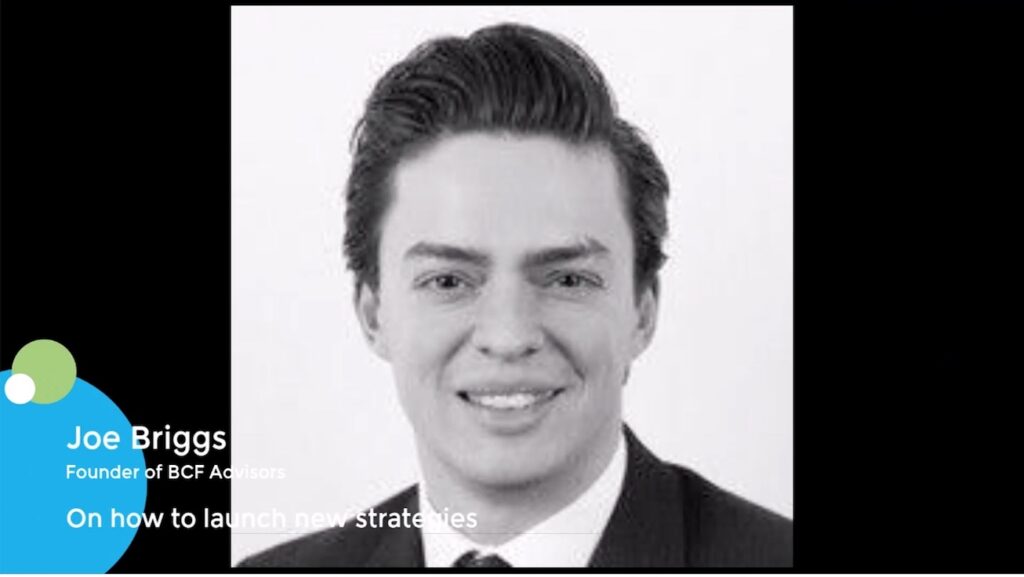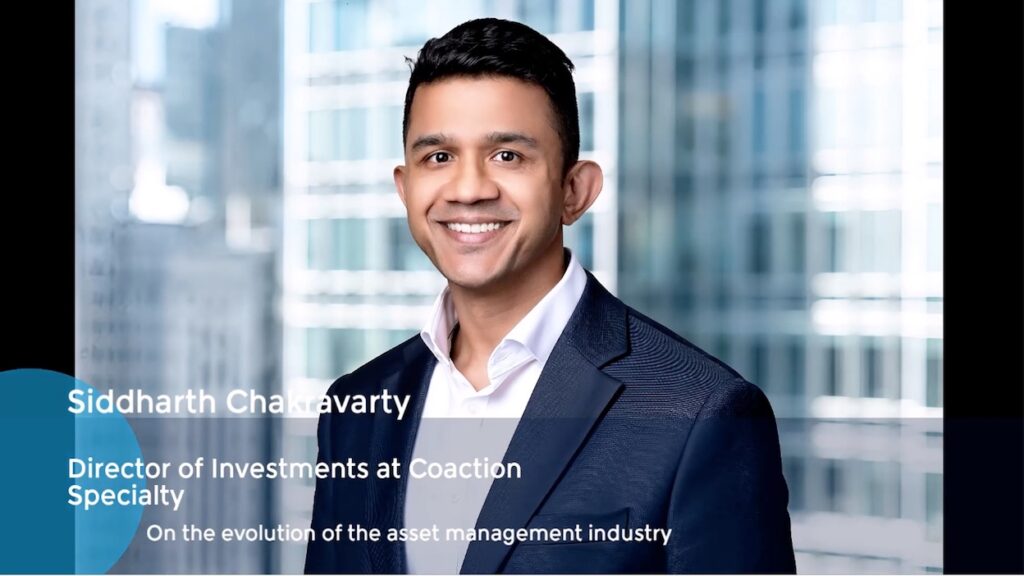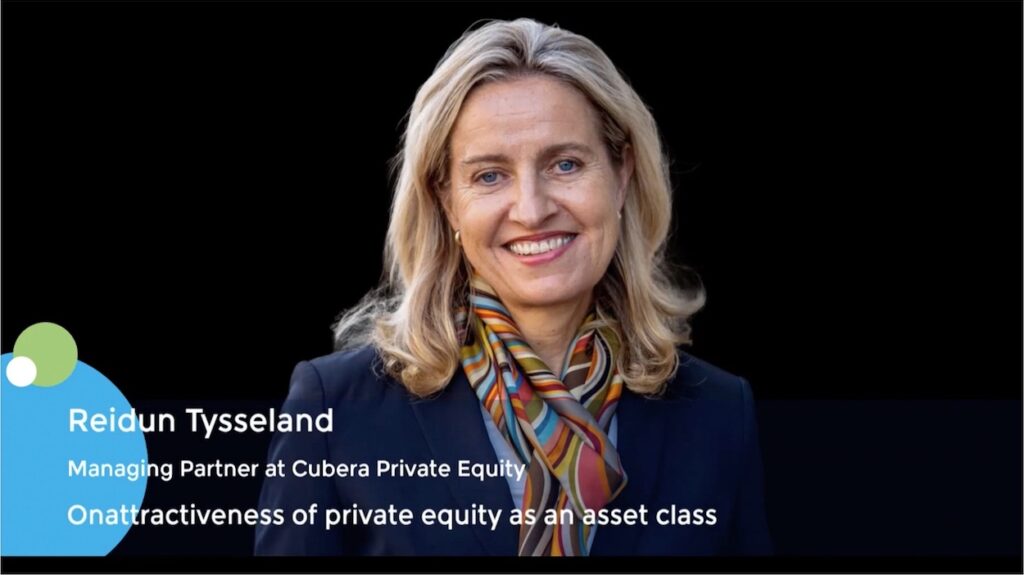EQT’s Jean Eric Salata on Asia buyouts, holding assets in perpetuity, going big on co-invest – Q&A
Jean Eric Salata is Asia chairperson of EQT [STO:EQT] and head of EQT Private Capital Asia. Within private equity, the firm pursues mid-market and large-cap strategies, targeting buyouts of USD 50m-USD 300m and USD 300m to USD 3bn-plus. EQT recently announced that it expected to reach a first close on its ninth Asia large-cap buyout fund in the first half of 2025 at near the overall target of USD 12.5bn.
Q: How do you address macro and geopolitical instability in investment decisions?
A: There are two key components. The first is diversification. Our strategy is geographically diversified, and it has taken nearly three decades to build that capability. We can navigate the region and pivot from one geography to another because we have teams on the ground. You must be a multi-country fund to do this, so the question becomes what kind of scale and resources you can bring to bear. The second component is focusing on domestic opportunities. If you look at India, it’s the fastest-growing large economy in the world and it’s at a tipping point in terms of per capita GDP and the digital infrastructure they have put in place. There’s a huge domestic opportunity and it’s quite uncorrelated to the US economy and US stock market. The trends we are investing in – healthcare, education, financial services, home ownership – will continue. The Indian market is also very deep and liquid; it was the world’s second-largest IPO market last year. Sagility [NSE:SAGILITY], our first IPO from Fund VIII, recently listed in India and it’s up about 5x. In a world where we are dealing with a lot of variables, India is a safer place to deploy capital.
Q: To what extent are you doing anything differently in response to the recently announced tariffs?
A: Most of our investments are in technology, healthcare, and services. In services, there is an export element or a linkage to global economies but at present the tariffs are more focused on physically traded and manufactured goods. Cross-border accounting services, payroll services, and IT services are not sources of contention. When we invest in a company that sells physical products globally, we want to understand the potential for disruption from trade policies. That’s part of due diligence.
Q: Australia is also seen as relatively uncorrelated to certain macro trends. To what extent are you investing in purely domestic businesses?
A: We like Australia because of the strong healthcare sector and emerging software and technology sector. We used to own iMed, a radiology business acquired in 2010 and sold for a good return, and that was purely domestic. VetPartners is also largely domestic. Technology deals – we’ve done three in the past year in Australia – tend to be more global in nature. There is a domestic market opportunity, and [companies] tend to be dominant in that space. Then there are opportunities to roll out in the UK, the US, or Southeast Asia.
Q: How important is Australia to the Asia mid-market fund?
A: It is currently the single largest geography for that fund. I’ve been pleasantly surprised by the quantity of opportunities we are finding. It feels like that part of the market – small buyouts, where the equity cheque might be sub-USD 100m – is underserved right now. Overall, the development of true Asian SaaS [software-as-a-service] businesses is encouraging. We are moving beyond pure services companies to being product and technology companies, not just in Australia but in India and Japan as well. The mid-market fund has got off to a great start. Other investors are now jumping on the bandwagon, but it seems like the returns you can underwrite to in that part of the market are higher.
Q: Are you seeing more large-cap opportunities in Australia?
A: You need to be known, be present, and have the network. Our visibility in the market is relatively high. We’ve been there since 2010, we have over 40 employees locally, and we are probably one of the largest fully integrated platforms, with infrastructure, private equity, and real estate. Our industrial advisor network is also second to none. These people chair our company boards, help us originate deals, and facilitate engagement with government and business leaders. I don’t think you will see as many large-cap deals in Australia as in Japan, for example, but we are seeing a lot of opportunities.
Q: With an integrated platform, how do you address core-plus infrastructure deals that may qualify as infrastructure or private equity?
A: The lines are becoming more blurred, but that’s decided by the market, not by us. When assets become more mature, seasoned, or stabilised, the underwriting changes and that determines which pool of capital goes for which asset. It’s a bit like the credit world. When a business goes from double-A rated to triple-A rated, it attracts different types of capital.
Q: You said that Japan is likely to see more large-cap deal flow than Australia. How bullish are you on that market?
A: It feels like a lot of people are going to be backing up the truck in Japan in this next wave of investing. The market has really opened up and private equity is being embraced as a force for positive change, for positive governance improvements. The next couple of years will be extremely active in Japan – for EQT and the industry as a whole. Buyout deal flow is currently USD 17bn-USD 20bn per annum. I think it can reach USD 50bn per annum by 2030.
Q: How much of your pipeline is take-private transactions?
A: I would say that’s three-quarters of what’s happening in Japan – by capital, not by number of deals. It started with the regulators telling public companies they needed to up their game in terms of governance and embrace approaches from investors focused on shareholder value. It’s really a convergence of that with the amount of shareholder activism and the amount of capital interested in doing deals.
Q: What have been the main sources of distributions over the past 12-18 months?
A: A big chunk of it has been through the Indian public markets. We’re also seeing a very active debt market for leveraged recaps and dividend recaps. The other big development is more creative exits involving companies you want to continue to own but it’s near the end of the fund life. There are different structures: continuation vehicles, cross-fund-type investments, private IPOs where you create a market in the equity security of a company. We are exploring it across EQT, including in Asia.
Q: Nord Anglia Education is currently involved in a cross-fund transfer with additional capital coming in from co-investors. If you could, would you hold that business forever?
A: We’ve been pleased with its performance. It is a compounder, a steady grower, an annuity subscription business. It’s also diversified. When we bought it, there were six schools and 4,000 students. Now there are close to 100 schools and 100,000 students across all geographies. That diversification takes away some of the volatility.
Q: To what extent does size become a challenge when considering liquidity options?
A: It means you must think differently about liquidity. One option is the public markets. Recently, there have been some dislocation, some structural headwinds, but I don’t think it’s permanent. A deep pool of capital still exists for public companies. Last year, EQT took Galderma [SIX:GALD] public in Switzerland at a USD 17bn enterprise value and the price has since more than doubled. IPOs are possible for large assets that are differentiated, growing, and have a story public market investors want to participate in. For an average business in a commoditising industry, it wouldn’t be easy. Another option – where I think we will start to see more innovation – is different types of funds that look to hold assets indefinitely but have some kind of liquidity feature. It wouldn’t surprise me if we see core funds of USD 50bn or even USD 100bn that hold assets in a format where you don’t really sell the companies, you just sell shares in the fund or there’s an open-ended structure.
Q: Could you do a cross-fund transfer and bring one of these core funds into a deal?
A: They can co-exist. When you own good businesses, the key is managing the conflicts and accessing the capital. With these deals, you run them like a sales process with lots of advisors involved. Most of the capital coming in is new money, so whoever proposes the best terms becomes the price setter. You fill in the rest with syndication, which includes your own funds. You might participate through a continuation vehicle or another pool of capital you manage, but provided you are transparent, communicate well, and investors are happy with how you manage the conflicts, most appreciate these are high-quality assets and you don’t want to give them away. We’ve had unanimous support both times we’ve done it. It’s just a question of doing it in a carefully considered and well-structured way.
Q: Do most large LPs now expect 1:1 co-investment from large-cap funds in Asia and how easy is it to deliver on this?
A: It’s a very strategic part of what we do and it’s hard to develop and deliver because only a limited number of players at the large-cap end of the market are generating enough deal flow of sufficient size. It gives us great flexibility to size up and down depending on how a deal comes together. The upper bounds are much higher than our fund size would normally allow, and the lower bounds are achievable because we can just do more smaller deals if we want. If it’s a USD 5bn equity cheque, the bar is very high. Few players can speak for that size of investment and be credible in putting it together, underwriting it, running due diligence on it. As a result, it’s a more concentrated and potentially less efficient part of the market. On one hand, that inefficiency can lead to extra returns. On the other, there’s a lot more co-investment available. And then with larger deals, you can attract world-class management teams and there are more value creation levers to pull.
Jean Eric Salata is the keynote speaker at the AVCJ Private Equity Forum Australia & New Zealand 2025, which runs from March 4-6. For more information, click here.












